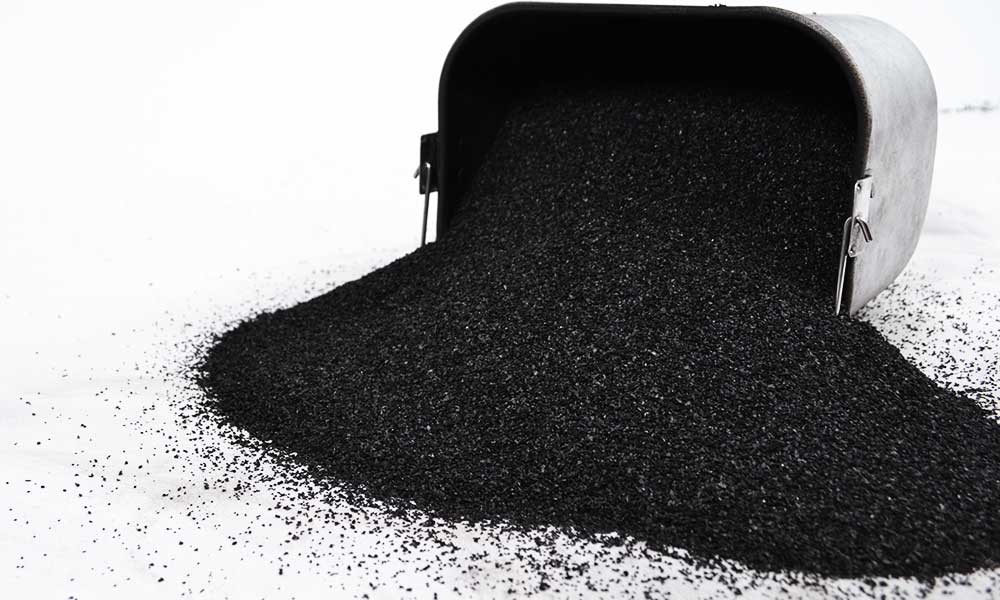The most crucial need for human health and well-being is the availability of clean water. Water shortages in certain areas, fast population expansion, and growing water needs in the agricultural, industrial, and energy sectors are just a few of the many possible reasons for the increase in water demand. Using plastic pipe for birla carbon products and systems that include carbon black is a long-term solution to this problem that is environmentally friendly and sustainable. These techniques will be in use for many years to come.
Because of their strength, durability, low weight, and flexibility, plastic pipe systems are much more efficient to create, transport, and install than their rivals, which are often made of concrete or metal. This is due to the fact that plastic pipes are very durable and environmentally friendly.
When combined with the right substance (usually high-density polyethylene HDPE), some carbon blacks have the ability to extend the lifespan of plastic pipes once they are installed.
The pipe that carries your drinking water may have to have a specified size or material depending on where you reside. If that’s the case, then you’ll have to meet these standards. It’s likely that certain countries don’t have regulations in place concerning the specific particle size of carbon black that must be used in hdpe pressure pipe.
Traditionally, carbon blacks of the type Raven 520 (Table 1) have been used, although other types of carbon blacks may also be used. Under the regulations of the EU (which apply to the rest of the globe), there are specific guidelines for carbon black and high-purity materials (more popularly known as “P-types”) manufactured to fulfill these performance criteria. These guidelines are the primary focus of the discussion in this blog.
Various important pipe applications, such as irrigation systems, mining, and pressure pipes, experience significant advantages from the outstanding performance offered by Raven P-type carbon blacks. Additionally, these carbon blacks adhere to all major European Union (EU) requirements.
Size, Composition, and the Effect of UV Radiation on Carbon Black Particles
It is standard procedure to estimate that the HDPE that has been buried will last for fifty to one hundred years. Despite this, HDPE pipes are shipped and kept for a long amount of time outdoors in the open air prior to installation. Furthermore, a significant number of pipes are positioned above ground and are thus exposed to the sun’s rays. The molecular chains that comprise HDPE are broken when the material is exposed to light for an extended period of time. The lifespan of the pipe will be greatly reduced as a result of the reduced flexibility and toughness that arise from this.
Given its effectiveness and affordability, carbon black is the UV stabilizer that allows HDPE pipe to reach its full life expectancy. The usage of carbon black may help to retain the chemical structure of plastic resin because of its ability to absorb UV rays.
The characteristics of the carbon black have a direct bearing on how well the material absorbs UV light. Because smaller primary particles have a surface area that is proportionately larger, they can absorb UV radiation more effectively. The average (primary) particle size of the carbon black used in HDPE water pipes is required by European and ISO standards to be less than 25 nm. You can get these specs right here. In the end, this is a direct factor in the exceptional sun protection that Raven’s P-type carbon blacks provide. Several variables, such as the Hdpe product’s thickness, the environment to which it will be exposed, and the kind of carbon black, must be considered when determining the optimal loading amount. The optimal loading for providing the maximum possible amount of UV protection is between 2% and 2.5%.
The Process of Dispersion, as well as Dispersibility
Sufficient dispersibility is one of the most important factors to take into account when using carbon black in pressure pipes.
Excellent pipe quality (in terms of weathering, mechanical function, and surface polish) requires the ideal distribution of carbon black. No matter how much carbon black is used, if it is not dispersed, the necessary performance criteria will not be met.
Because of their thoughtfully designed shape and excellent surface area-to-structure ratio, Raven P-type carbon blacks are easy to scatter and modify for rapid extrusion. As a result, there are several uses for the carbon blacks. A good dispersion improves the amount of carbon black surface area that is available for UV absorption while also providing a smooth surface finish.
Compounding the Capacity to Soak Up Moisture
Both the carbon black’s surface area and inorganic impurities (ash concentration) have an impact on the pipe compound’s potential ability to absorb moisture. Larger surface area carbon blacks are more effective in absorbing moisture. Moisture concerns include but are not limited to, vapors, rough pipe surfaces, and pinholes in the pipe wall. Raven P-type carbon blacks are unique in their morphological structure and have very low levels of inorganic salts. This specific combination of properties means that a carbon black’s ability to absorb moisture is severely limited.
Carbon Black’s Lack of Contamination by Chemicals
Sulfur, toluene extract, and ash are among the impurities in carbon black used to make pipes that may affect the organoleptic properties of the water being transported, including its taste and odor. This may potentially jeopardize the water’s safety. To reduce these pollutants to a level suitable for the application areas, strict quality control measures must be used. Table 1 illustrates how materials produced by Raven are very pure chemically and are often used in the production of water pipes.
Conclusion
Water transportation efficiency has become a critical global problem that has to be addressed. A carbon black in plastics, when used in HDPE pipes, provides a more resilient and eco-friendly substitute for traditional pipe materials. What is needed in various countries differs from one another. The PPI/HSB standards for some nations are made using carbon blacks of the Raven 520 kind. The performance requirements for Europe, which include chemical purity, resistance to UV weathering, and maintenance of mechanical properties, may be met by Raven P-type products.












